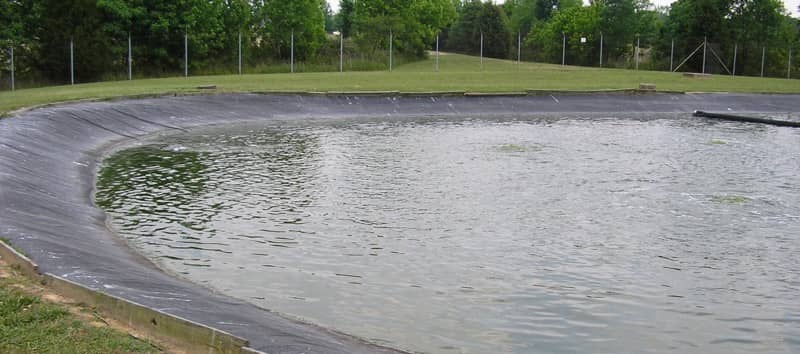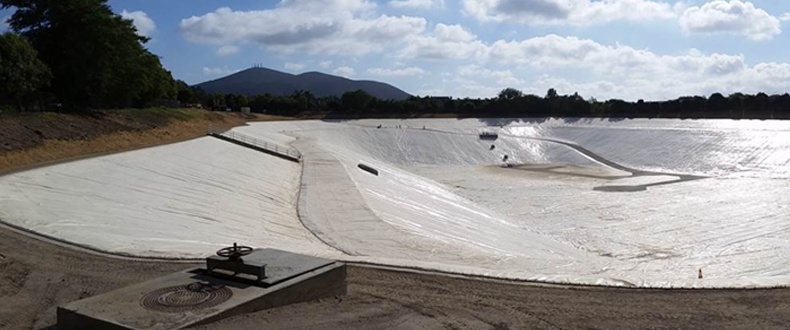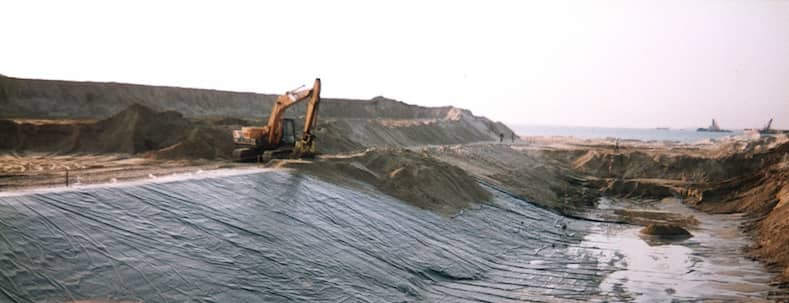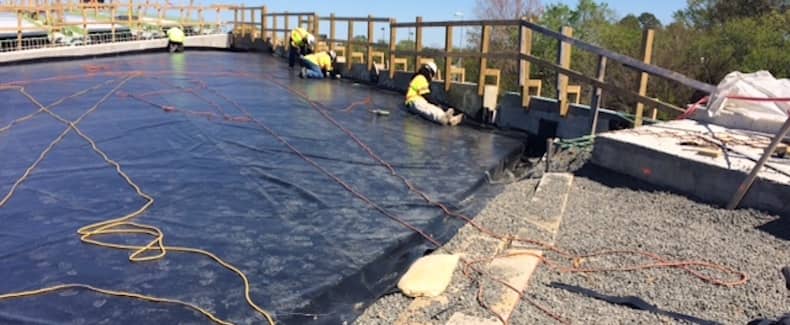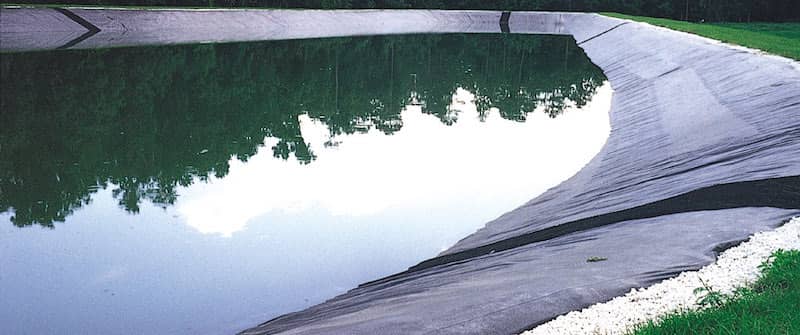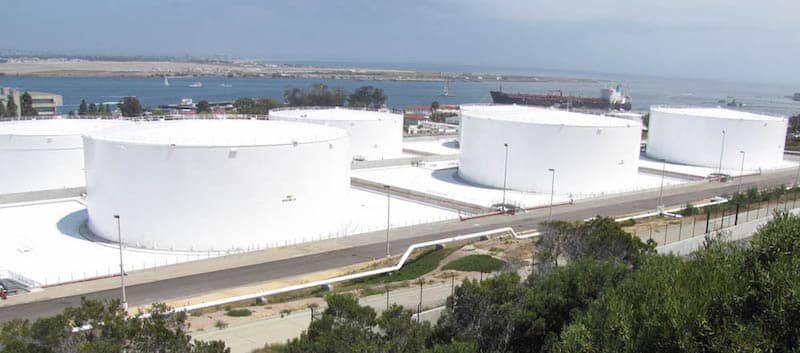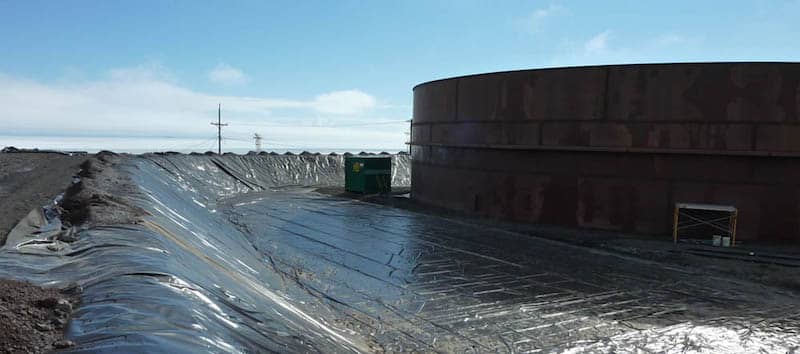Ethylene interpolymer alloy (EIA) has demonstrated superior chlorine resistance and has gained widespread acceptance in the geomembrane market as a result. So what exactly are EIA Geomembranes and the properties that afford them superior chlorine resistance?
XR Geo Representative
Recent Posts
Wastewater treatment plants often utilize geomembranes to help protect the environment and maximize resources. In San Diego County, the Olivenhain Municipal Water District (OMWD) treats up to 34 million gallons of wastewater each day. The treated water is provided to the community through 45-plus miles of recycled water pipelines. With a seasonal increase in rain, the demand for recycled water drops off and the treated water is stored in a wet weather pond.
Government agencies, utilities, and industrial customers are increasingly relying on geomembrane solutions for projects that could potentially threaten the environment. Cost-effective due to their ease of installation and proven to be reliable for decades, geomembranes have become a popular front line in protecting natural settings.
Water reclamation is a vital part of the services provided by government and water agencies. The public demands it be done correctly.
Nearly all geomembrane installations are fixed at the perimeter of the containment by burying the liner in an anchor trench or by attaching it to concrete (i.e., a collar wall, foundation wall, etc.). The standard approach for connecting the geomembrane liner to concrete is to use a batten.
In this technique, concrete lags are set (i.e., drilled) into the concrete. These are placed on 6" or 12" centers at an engineer’s discretion. A compressible material such as Neoprene or butyl tape is then placed between the liner and concrete, and stainless steel, like 316 SS, or aluminum batten strip, is placed over the liner, and the lag bolts are driven through the batten, liner, and anchored into the lag. The top of the detail is then sealed with a waterproof caulk (see Figure 1).
Geomembranes are the superior choice for containing valued substances (drinking water, petrochemical products, etc.) and for protecting the environment from harmful substances (wastewater, petrochemicals, etc.). But how do you protect your geomembrane liner?
As mentioned in part one of our series, there are a variety of options engineers might consider when specifying a solution for a primary or secondary application. I also listed several advantages of both concrete and reinforced flexible membrane liners (rFMLs) in the last post. Below, you’ll find three additional benefits seen with rFMLs in primary and secondary containment applications.
When considering options for primary and secondary containment in the storage of water, fuels, and industrial liquids, the design engineer may consider several options. Concrete, a common choice, provides several advantages. It is resistant to the elemental forces of nature including UV, precipitation, and variations in temperature. Concrete can provide a stable working platform resistant to traffic forces from heavy equipment used in operations and maintenance. Concrete also offers the advantage of being durable. In a study completed by Swihart and Haynes1 for the Bureau of Reclamation, it was concluded that concrete containment systems could last as long as 40 – 60 years (page 203, Table 18, Canal Lining Demonstration Project, November 2002). With that being said, reinforced flexible membrane liners (rFMLs) are a better choice, as depicted by the following reasons.

